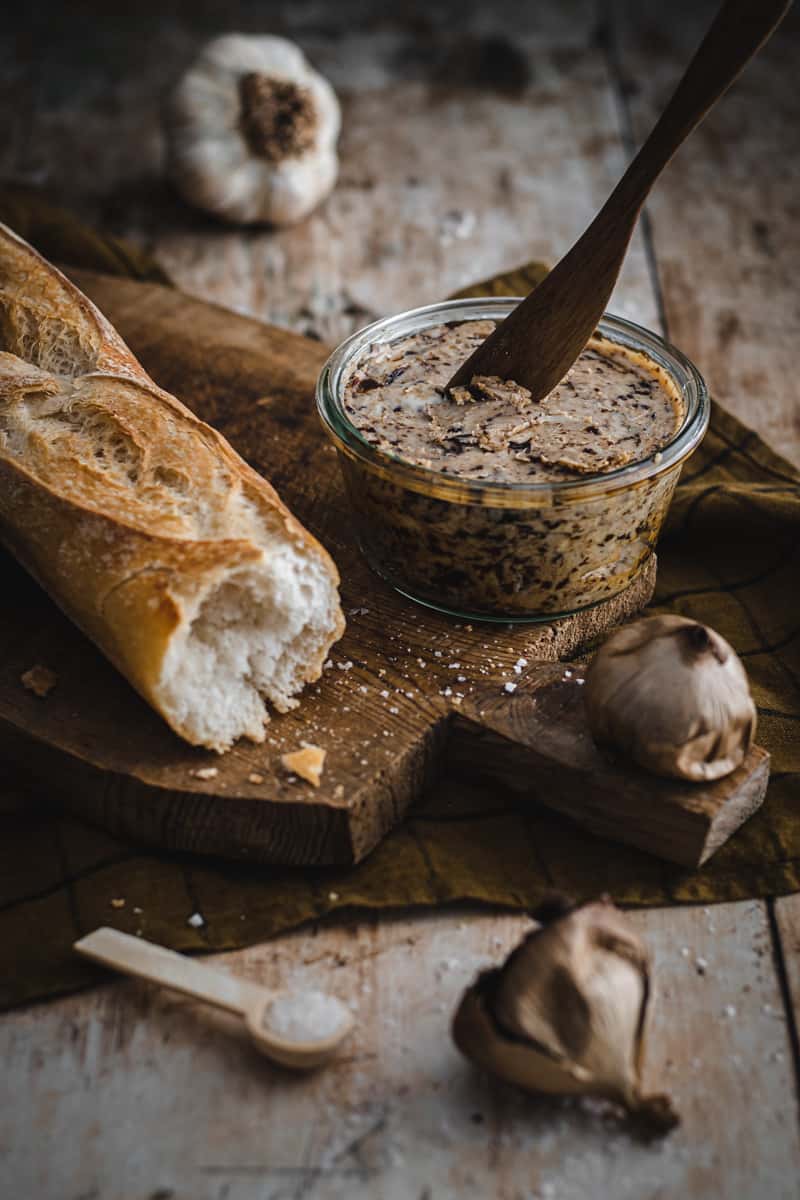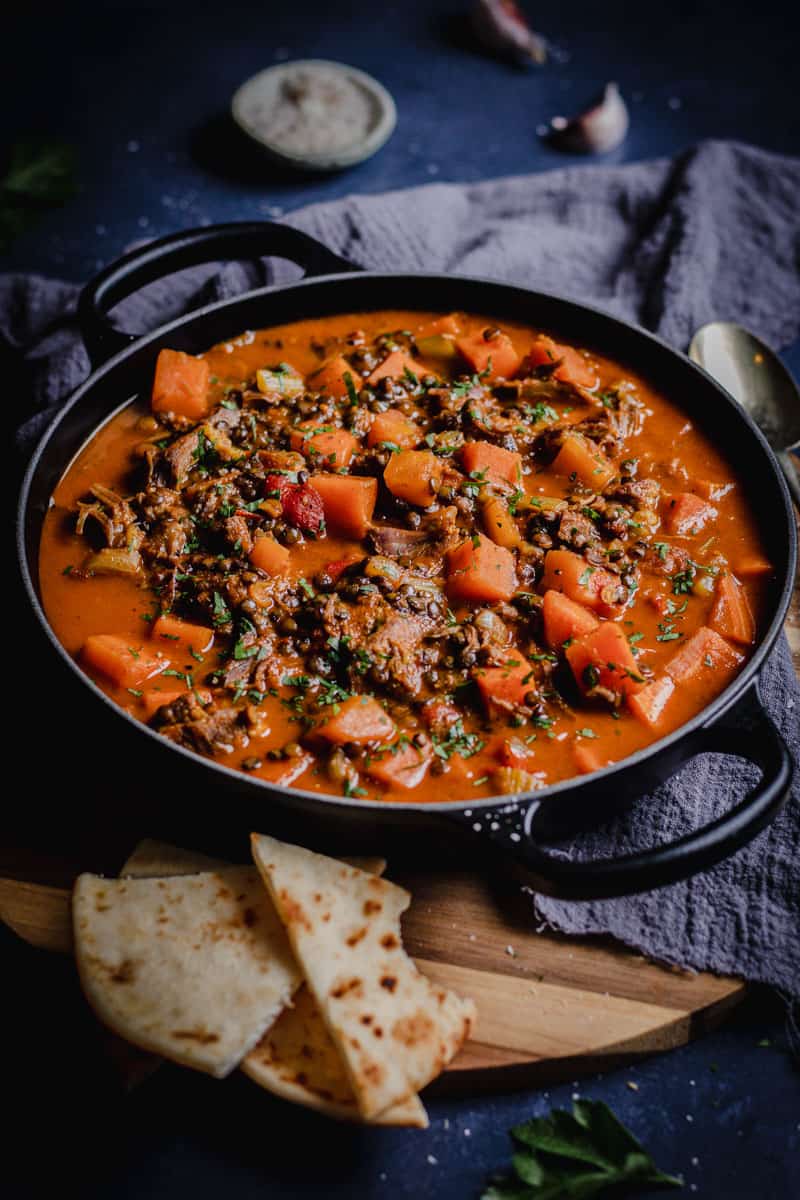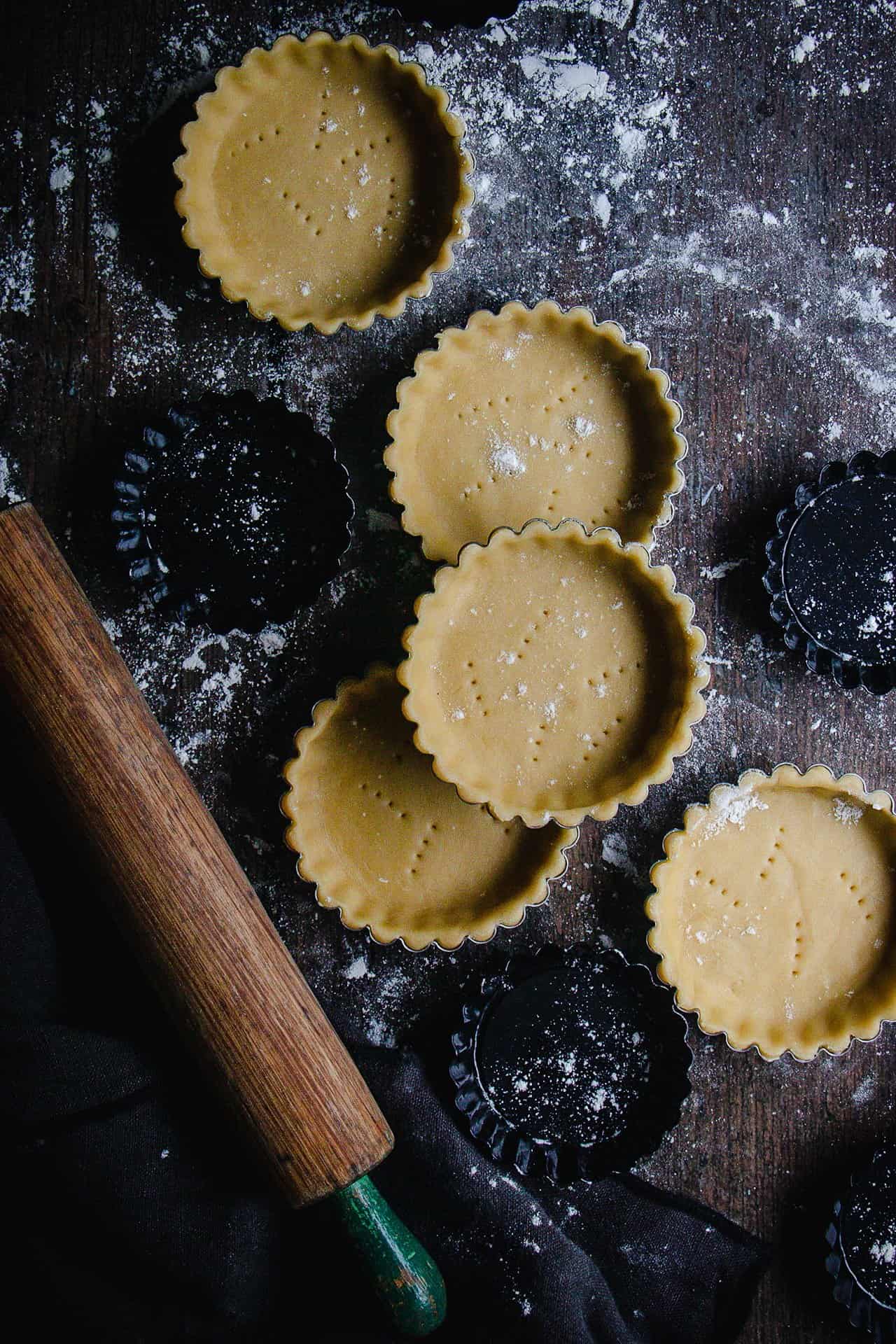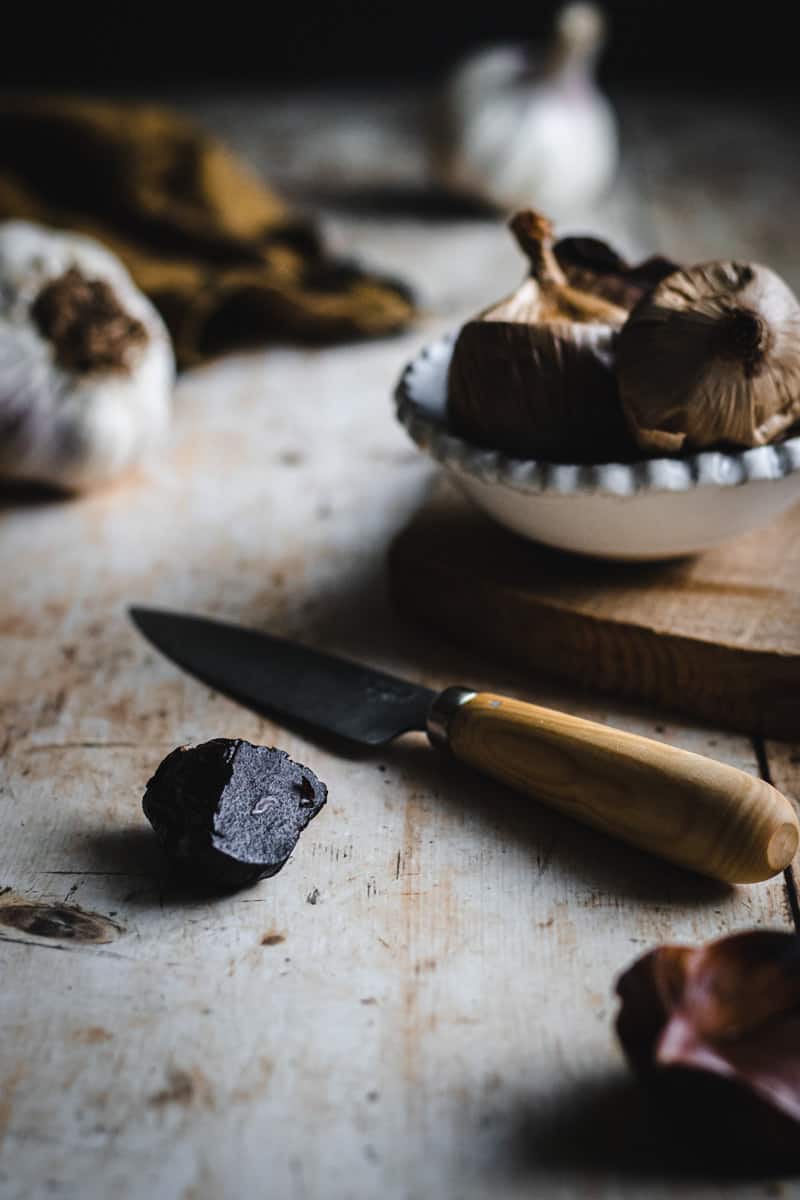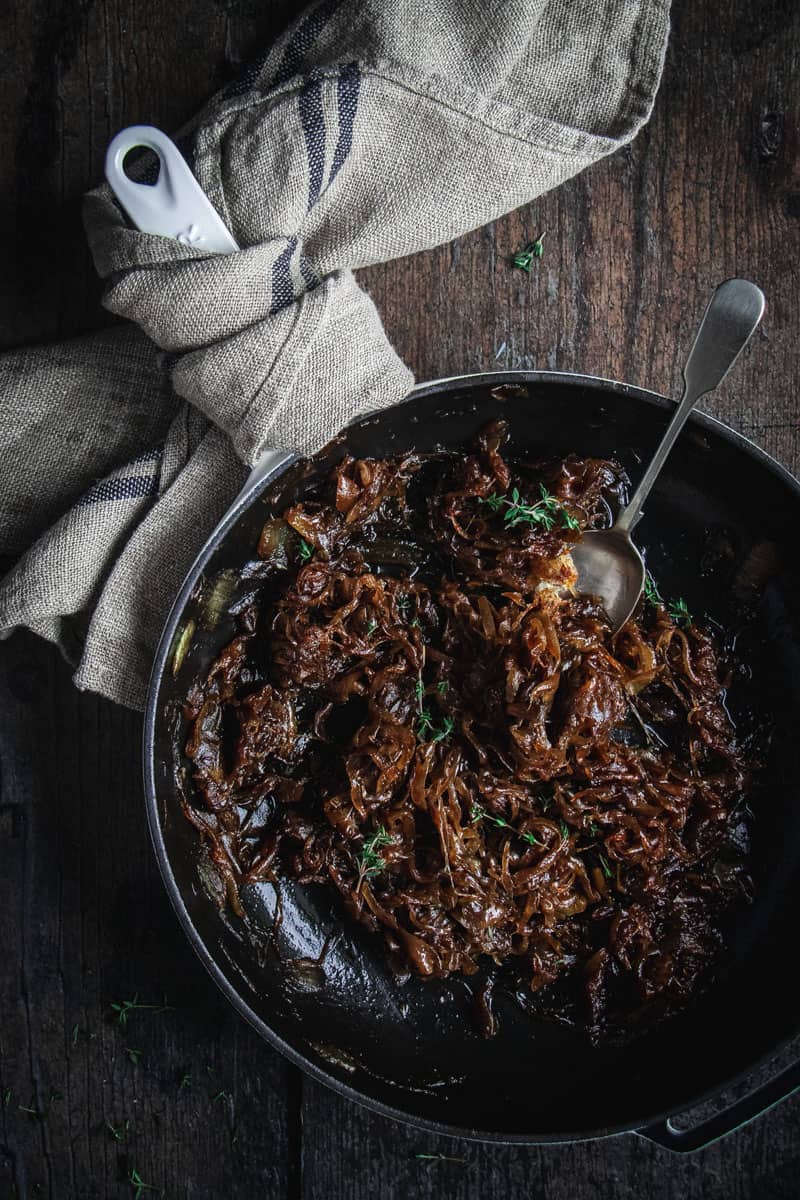French Oven vs Dutch Oven… Everything you need to know!
I get asked this question every single day. What’s a French oven? And how is it different from a Dutch oven? At first glance, many think they are the same type of pot, which they are, but they’re not. So I thought we’d do a little run-through of all the differences and how to decide which one is right for you! So let’s face them off… French oven vs Dutch oven!

Let’s start with the difference between a Dutch oven vs French oven…
Time to get technical. A traditional Dutch oven and a French oven are cast iron pots suitable for home cooks. While they’re a versatile pot, many associate them with pot roasts, one-pot dishes, and slow cooking due to their amazing heat retention. Both are long-lasting, cast iron, heavy pots with thick walls and a tight-fitting lid, that are in their element braising a stew at a low temperature for a good couple of hours. But that is kinda where it ends. the main difference is that a Dutch oven is raw or seasoned cast iron, whereas a French oven is technically a cast iron enameled dutch oven. And while that may not seem like a very big difference, I’m about to tell you it is!
FYI…
Raw cast iron is what you find in many camping and outdoor stores. You need to take it home and season it before use. Seasoned cast iron is pre-seasoned so you can use it immediately. Both require maintenance to keep them free of rust and in prime condition.
Enamelled cast iron has an enamel coating on both the pot and the lid. This ensures rusting does not occur, and it is great if you’re not so keen on having to maintain your pot. While also known as a cast iron dutch oven, French companies have mastered the good quality enameled cast iron cooking pot, hence why they are called French ovens.
How are modern dutch ovens (and french ovens) made?
Pure cast iron cookware is usually made in sand molds. In Le Creuset’s case, no two pots will ever be exactly the same as each sand mould is only used once, as quality and consistency can be lost when the molds are reused over and over again. They say that every Le Creuset French oven is touched by over thirty pairs of hands to ensure you receive a perfect pot straight out of the box. Impressive huh?!
What can I cook in my cast iron casserole?
While this totally depends on the brand, surface of the cooking vessel, piece of cookware, etc, cast iron cooking lends itself to a multitude of uses. I’ve written a post all about how to use your French/Dutch oven all year round.
Pros and cons of a Dutch Oven
Ok, so let’s talk pros of a dutch oven. They are relatively inexpensive. If you are just starting out on your cast iron journey, this is a great place to start. I’ve seen raw Dutch ovens in my local camping store for under $100. They do have a downside however, I find most are really thick and heavy cast iron (great for outdoor camp ovens) but lack a refined, smooth finish (not so great for your induction stovetop and stone benchtops). Seasoning (baking a thin layer of oil onto the pan) and maintenance are required and as a bonus, you will build up some impressive arm muscles!
Then there are seasoned Dutch ovens. For many people, a Lodge Dutch oven comes to mind. They come to you pre-seasoned having had a thin layer of vegetable oil sprayed onto the cookware, then baked onto it at a really high temperature. While you don’t have to initially season the pot, oiling after use is required to keep the seasoned layer. You can also repeat the seasoning process from scratch should you need to. Dishwashers are also a hard no as they strip off any seasoning you’ll build up.
A few more points to consider…
- Dutch ovens are perfect for bread bakers who want to cook their bread on a really high heat. Many sourdough bakers recommend this method, but I much prefer (and use) a cold start baking method for my bread which doesn’t limit what sort of casserole pot you use. Dutch oven, French oven, or even an enamel on steel roaster (as long as it has a tight lid) all do a cracking job!
- You don’t have to worry about damaging the cooking surface using high temperatures like enamel. A good-quality Dutch oven, with proper care, can last a lifetime.
- You need to cook with high smoke point oils. Because cast iron retains so much heat, low smoke point oils (like most extra virgin olive oils) are not suitable for this cookware. Look for grapeseed, rice bran, or my personal favourite, avocado oil instead.
- Love to cook outside? Whether it’s a campfire or pizza oven a Dutch oven … You don’t have to worry about cooking on a low temperature if that’s not what you had in mind.
Pros and cons of a French Oven
A good quality cast iron French oven (while an investment) can totally transform your cooking. Most cooks are familiar with Staub or Le Creuset pots. I’m a big believer that having the right equipment can make you a better cook. And that’s how I feel about French ovens… they make me a better cook.
The biggest thing to remember about enamel cast iron is to get to know the best practices for your piece. Most cream enamel on good quality cast iron is a low-heat cooking surface. It also needs to have its base well-basted whether that be with oil, butter, water, stock, or other liquid. If you don’t you risk giving the pan “thermal shock”. I like to think of it as being outside on a 50 degree (celcius) day without any sunscreen and looking directly at the sun. Your poor face would just want to dry out and crack due to lack of moisture. The same goes for enamel cast iron cookware. But treat it well, and you’ll have it for a lifetime
A few more points to consider…
- The no maitanence factor. Take that pot out of its box, wash, and use. That’s it. No seasoning of pre-use instructions. My kind of cookware.
- You can use any cooking oil with a reasonable smoke point on your cookware. Because you are cooking on low heat, it’s perfectly ok to use your favorite extra virgin olive oil.
- I find with French ovens, food is less likely to stick due to the enamel coating.
- They come in really pretty colors!!!
The verdict.
Is one really better than the other? In my opinion, no. The best option for you really depends on how you are going to use it. Dutch ovens are definitely more suited to outdoor cooking, while French ovens are prettier and less likely to damage your cooktop. However, they really are a low-heat cooking surface, but really that’s exactly how you should use them anyway!
A quick tip…
Always heat up your cookware (cast iron or not). Because a lot of cast iron cookware has quite a heavy base, it’s recommended that you allow the cookware to heat up for a few minutes prior to cooking anything – Just don’t forget to add your basting oil first if it’s a French oven, otherwise, you can damage your enameled coating. For more information check out this guide on cooking with cast iron.

